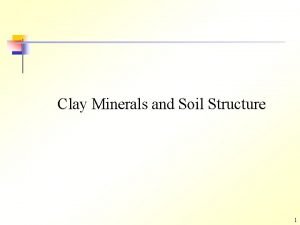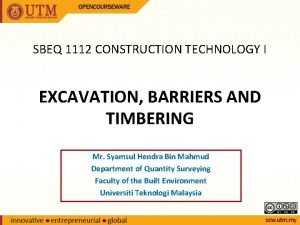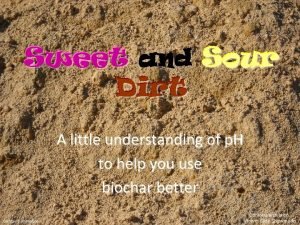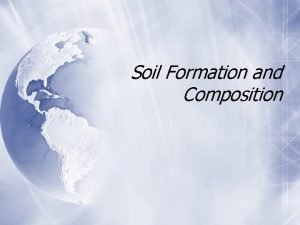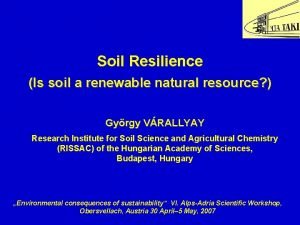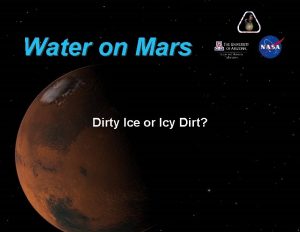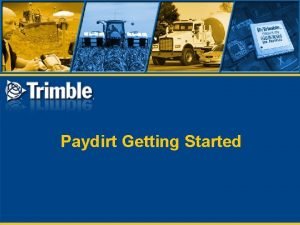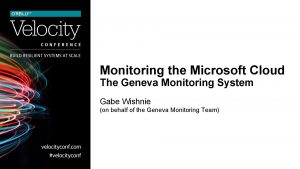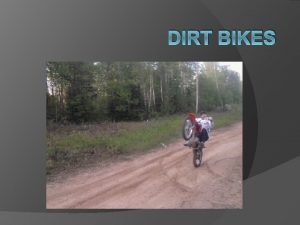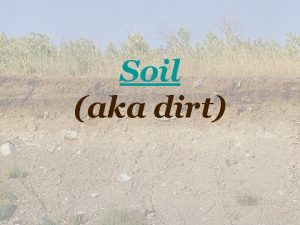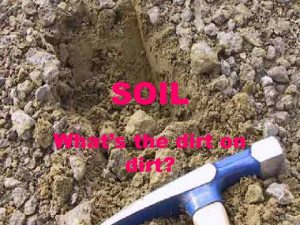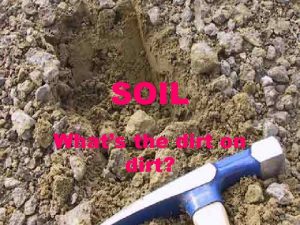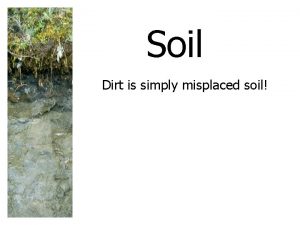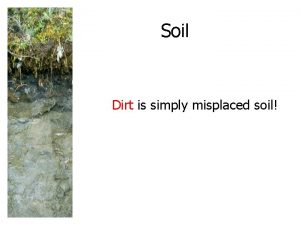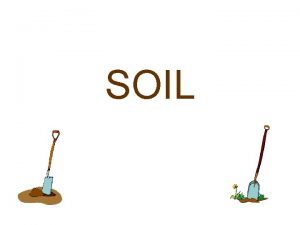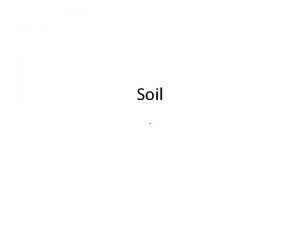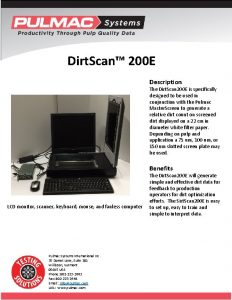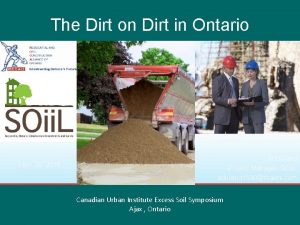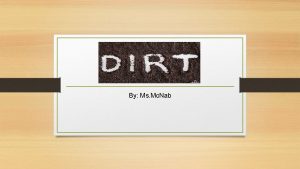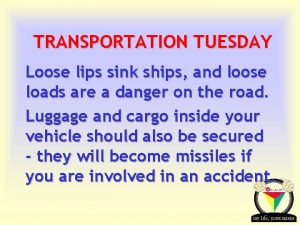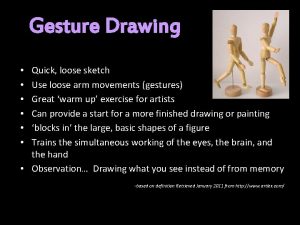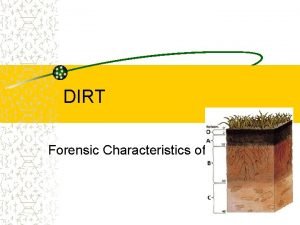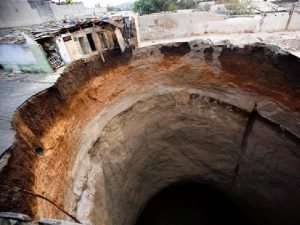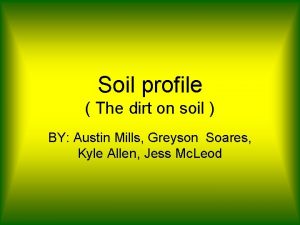Soil AKA Dirt Development of Soil Soil loose

























- Slides: 25

Soil AKA Dirt

Development of Soil • Soil - loose covering of broken rock particles and decaying organic matter, called humus, overlying the bedrock of Earth’s surface.

There is soil everywhere • Except, steep mountain slopes, and extremely cold regions. • Soils rich in nutrients are called fertile soils.

Where does soil come from? • Soil starts with the breakdown of rock by mechanical or chemical weathering.

Soil Composition • Residual soil is located above its parent material. • Transported soil has been moved from its parent bedrock.

5 Ingredients that build Soil Parent Material Climate Living organisms Topography Time

5 Ingredients that build Soil

5 Ingredients that build Soil

5 Ingredients that build Soil

5 Ingredients that build Soil

5 Ingredients that build Soil

Soil Profiles and Soil Horizons • Soil profile is a vertical sequence of soil layers. • Soil horizon is a distinct zone within a profile.

The “O” Horizon • Is the top layer. • It consists of detritus, leaf litter and other organic material lying on the surface. • This layer is dark because of the decomposition that is occurring.

The “A” Horizon • Has high concentrations of organic matter or humus. • These soils are dark in color.

The “B” Horizon • Contains subsoils that are enriched in clay minerals. • Subsoils may be red or brown in color due to iron oxides.

The “C” Horizon • Below B and above bedrock, contains weathered parent material.

The “R” Horizon • Is made up of bedrock which is unweathered rock.

The Layers

Topography’ affect on Soil The topography of a region affects the thickness of developing soil. Soil formed on slopes tend to be thin, coarse and infertile. • Soils formed in valleys are thicker and fertile.

Polar Soils • Form at high latitudes and high elevations.

Temperate Soils • Vary greatly and can support diverse environments.

Desert Soil • Low levels of precipitation.

Tropical Soils • High temperatures and heavy rainfall.

Swamp Soils • Are so water logged that organic matter does not break down due to a decrease in Oxygen.

Soil Texture Triangle Soil texture is classified according to size: Clay, which is the smallest, then Silt and Sand is the largest.
 Layers of soil
Layers of soil Relative density of loose soil
Relative density of loose soil Timbering in loose soil
Timbering in loose soil Vray curvature
Vray curvature What is soil
What is soil Is oil more dense than water
Is oil more dense than water Sour dirt
Sour dirt Is dirt biotic or abiotic
Is dirt biotic or abiotic Abiotic factors example
Abiotic factors example Is soil renewable
Is soil renewable Principle of progression in physical education
Principle of progression in physical education Why did scout rub walter cunningham’s nose in the dirt?
Why did scout rub walter cunningham’s nose in the dirt? Jersey sponsorship proposal
Jersey sponsorship proposal This time this place misused mistakes figurative language
This time this place misused mistakes figurative language The dirt
The dirt Icy dirt
Icy dirt Dirt bioe
Dirt bioe Pay dirt software
Pay dirt software Living soil vs dead soil
Living soil vs dead soil Living soil vs dead soil
Living soil vs dead soil Zabranjena vrata prezentacija
Zabranjena vrata prezentacija Shakespeare aka the bard of
Shakespeare aka the bard of Pyramids of passion
Pyramids of passion Akacatholic
Akacatholic Microsoft cloud monitoring
Microsoft cloud monitoring How to write a letter of interest for aka
How to write a letter of interest for aka

